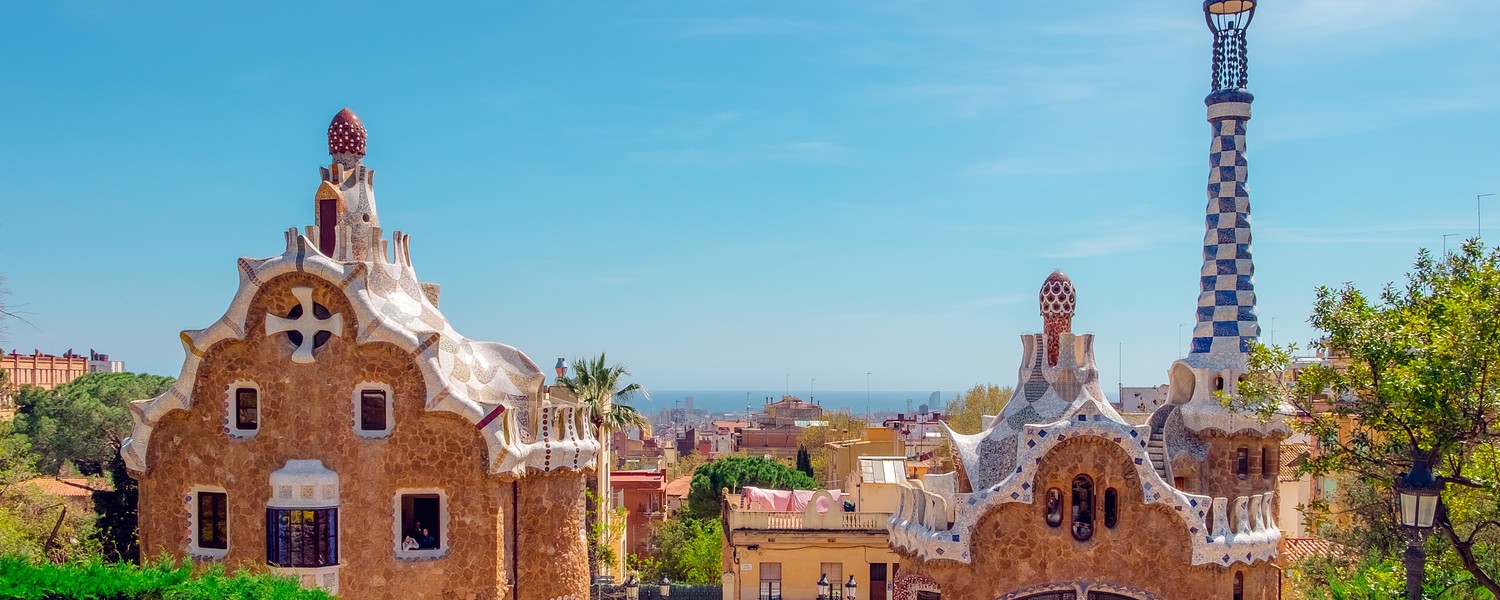
Provided by:
Daniel Corneschi/Unsplash

Our travel guides are free to read and explore online. If you want to get your own copy, the full travel guide for this destination is available to you offline* to bring along anywhere or print for your trip.
*this will be downloaded as a PDF.Price
€4,95
The City
The guide was updated:
Like many cities in the Mediterranean, Barcelona has ancient Roman roots. The original settlement, Barcino, was a small but strategic port located where the city's cathedral now stands. Unlike today’s bustling metropolis, Barcino was overshadowed by Tarragona, the provincial capital of Roman Hispania. Over the centuries, Barcelona saw invasions by Visigoths and Moors, though their lasting impact was minor compared to the transformative influence of the Franks in the late 9th century. This marked the emergence of Barcelona – and Catalonia – as a distinct entity, setting it apart from the rest of Spain.
This uniqueness is most evident in the language. While Spanish (or Castilian) features many Arabic loanwords, Catalan reflects its ties to neighbouring Romance languages like French and Occitan. Catalan is not a dialect of Spanish but a language with its own identity, spoken proudly across Catalonia.
Barcelona’s layered history is visible throughout the city. The oldest areas are clustered by the sea, including the Gothic Quarter (Barri Gòtic), a maze of medieval streets with Roman foundations. Across the famous boulevard La Rambla lies El Raval, a neighbourhood once infamous for its red-light district and the city's 'Chinatown' (Barrio Chino). In the 1980s, Raval began shedding its rough reputation and is now a hub for trendy cafés, art galleries, and eclectic culture. Further north, the Eixample district showcases Barcelona’s 19th-century urban expansion, with its grid layout and iconic modernist architecture, including Gaudí’s masterpieces.
This uniqueness is most evident in the language. While Spanish (or Castilian) features many Arabic loanwords, Catalan reflects its ties to neighbouring Romance languages like French and Occitan. Catalan is not a dialect of Spanish but a language with its own identity, spoken proudly across Catalonia.
Barcelona’s layered history is visible throughout the city. The oldest areas are clustered by the sea, including the Gothic Quarter (Barri Gòtic), a maze of medieval streets with Roman foundations. Across the famous boulevard La Rambla lies El Raval, a neighbourhood once infamous for its red-light district and the city's 'Chinatown' (Barrio Chino). In the 1980s, Raval began shedding its rough reputation and is now a hub for trendy cafés, art galleries, and eclectic culture. Further north, the Eixample district showcases Barcelona’s 19th-century urban expansion, with its grid layout and iconic modernist architecture, including Gaudí’s masterpieces.


